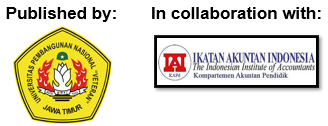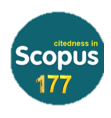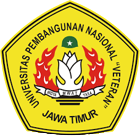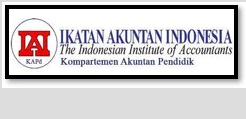Article Submission: 0.00 (IDR)
Article Publication: 2,000,000.00 (IDR)
The fee covers:
Editorial process: 1,500,000.00 (IDR)
Publication: 500,000.00 (IDR)
- Paper submissions by Indonesian authors with authors from other countries will be eligible for a 50% discount on the article processing charge (APC).
- Free Article Processing Charge (APC) will be available for paper submissions of foreign authors from at least three other countries (minimum of three authors from three different countries).
- Additional fee for fast-track publication (contact the editor for fast-track processing)
Waiver Policy
If the author does not have the funds available to pay for APC (for example, because the institution or funder will not cover the cost), we may be able to offer a discount or full waiver. A release request must be submitted before the article is published. Please get in touch with the editor to discuss waiver options or APC in general. Editorial decisions are made independently based on the APC's ability to pay.
Please contact our designated contact person, Endah, on +62 816-5409-463 via WhatsApp for further details and payment arrangements.













